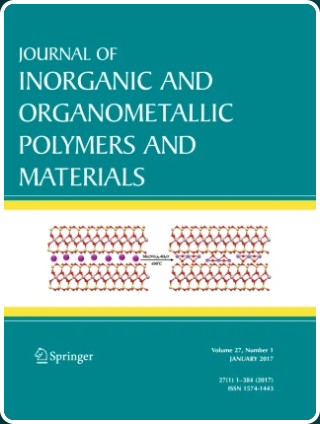Optimization of Processing Conditions for the Synthesis of Famatinite Nanoparticles Using an Intricate Solvothermal Technique in Binary Solvent Systems for Photovoltaic Applications
Abstract
Famatinite (Cu3SbS4) is a copper antimony sulphide semiconductor with tetragonal crystal structure known for its potential in photovoltaic applications. An extensive investigation was undertaken to optimise the processing conditions of famatinite nanoparticles via a precisely controlled solvothermal process. The synthesis employed an ethylene glycol-distilled water binary solvent system, with Polyvinylpyrrolidone (PVP) as a capping agent. Reaction temperatures were varied from 180 °C to 210 °C in 10 °C steps to study their influence on phase formation and morphology. X-ray diffraction analysis revealed that nanoparticles synthesized at 180 °C exhibited a pure famatinite phase, while higher temperatures led to the formation of mixed phases. The crystallite sizes were found to be from 32 to 36 nm. Raman spectra confirmed a characteristic peak at 314 cm⁻¹ for the pure famatinite phase. FESEM images show that phase-pure famatinite nanoparticles primarily exhibit a uniform spherical structure. The average hydrodynamic particle size was determined to be 121 nm using Dynamic Light Scattering (DLS) measurements. Optical analysis demonstrated a strong absorption in the visible and near-infrared regions, with a direct bandgap of 1.02 eV. Electrochemical impedance spectroscopy revealed that phase-pure famatinite nanoparticles exhibited a lower charge transfer resistance and a total resistance of 28.87 kΩ, highlighting their favourable charge transport properties. The optimised synthesis conditions at 180 °C yielded phase-pure famatinite nanoparticles with promising properties for photovoltaic applications as an absorber material.

 求助内容:
求助内容: 应助结果提醒方式:
应助结果提醒方式:


